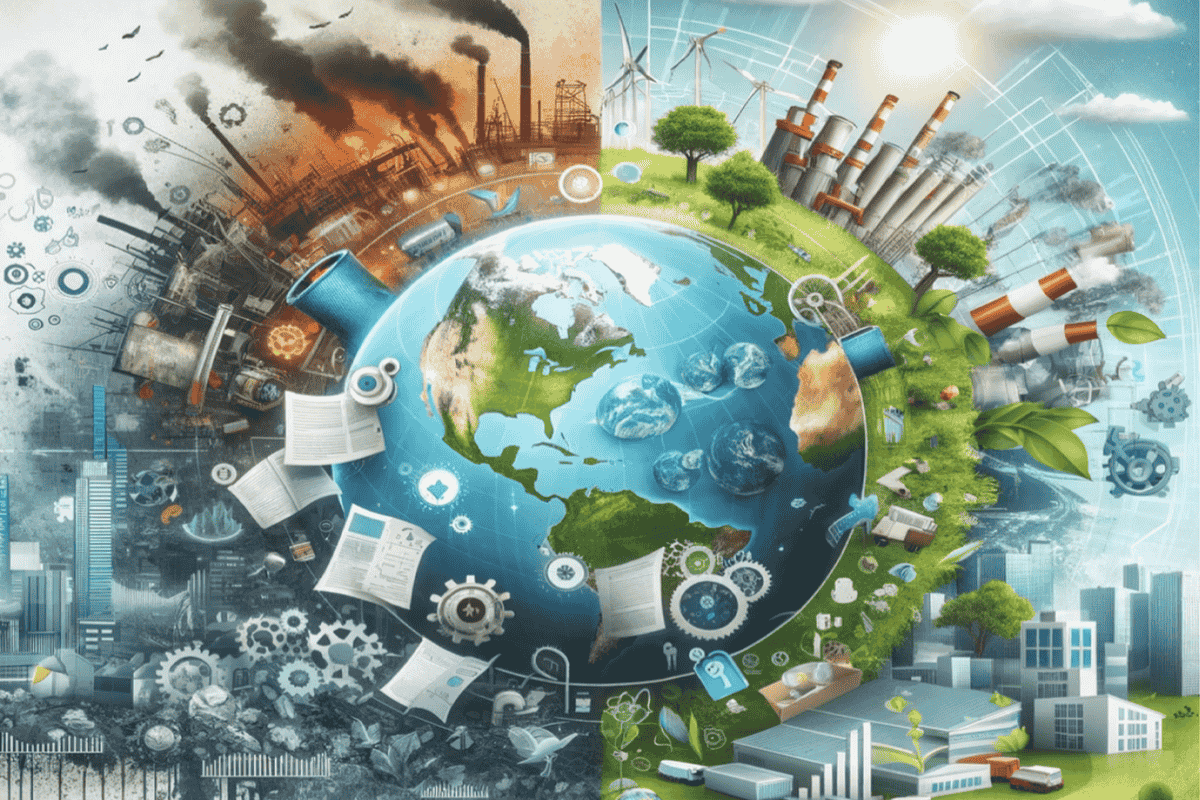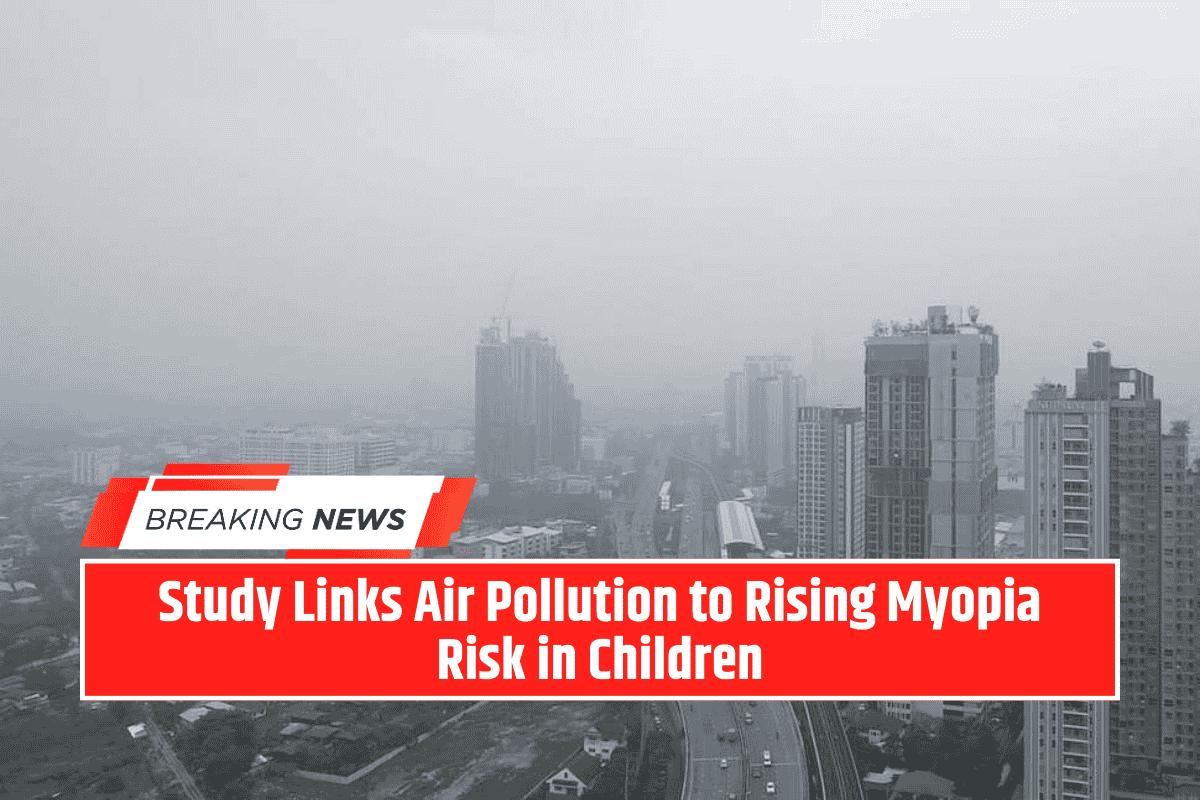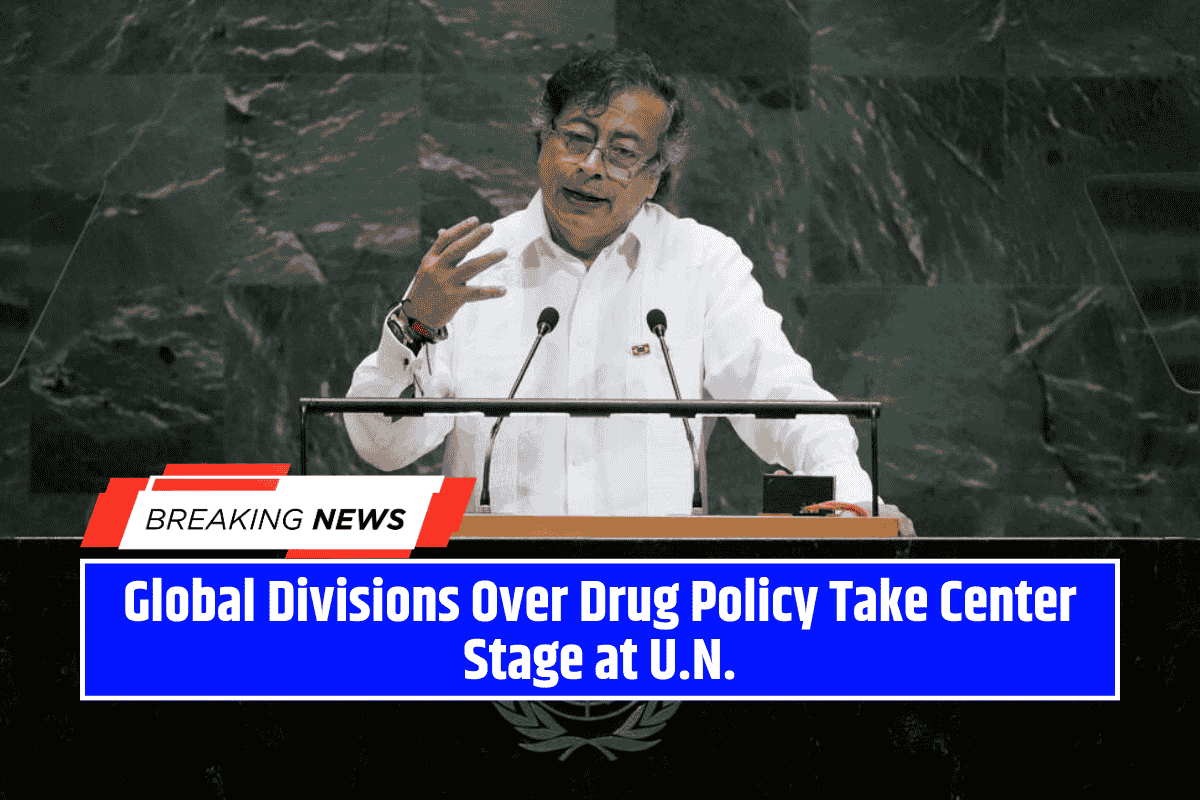In today’s fast-changing world, the connection between environmental damage and the rise of infectious diseases is becoming impossible to ignore. The United States plays a powerful role—both as a major source of pollution and as a global leader in medical research, policy, and emergency response.
Whether it’s toxic air in California or a virus emerging on the other side of the world, how the U.S. acts affects not just its own people, but millions across the globe. To face these twin threats—pollution and pandemics—America must combine science, justice, and long-term planning.
Environmental Pollution and Health in the U.S.
Air pollution remains one of the most harmful health issues in the U.S. Wildfires, especially in states like California and Oregon, have become more severe due to climate change.
These fires release dangerous smoke that can travel across state lines, causing breathing problems and even death. Over time, the economic costs from wildfire smoke and health damage have reached tens of billions of dollars.
Fossil fuel emissions, especially from cars and factories, continue to pollute the air with fine particles (PM₂.₅) and nitrogen oxides. These pollutants increase the risk of:
- Asthma in children
- Heart disease in older adults
- Premature deaths in all age groups
Surprisingly, the U.S. healthcare system—meant to protect health—also adds to environmental harm. Hospitals, clinics, and medical supply chains are responsible for a large share of greenhouse gas emissions.
Climate Change and Its Impact on Health
As the climate changes, so do the health risks. In hot, dry regions like the Southwest, rising temperatures are sending more people to hospitals with heatstroke, dehydration, and heart stress. Those most at risk include:
- Elderly people
- Migrant workers
- Low-income families without access to cooling
Diseases spread by insects (like mosquitoes and ticks) are also expanding into new areas, including states like New York and Washington. Meanwhile, rising sea levels and heavier storms are damaging infrastructure and making it harder to deliver clean water and food, especially in farming areas like California’s Central Valley.
U.S. Responsibilities in a Global Health Crisis
COVID-19 showed how a virus from one part of the world can quickly reach everywhere. The U.S. plays a key role in responding to such global health threats. It contributes billions in funding to international organizations for:
- Disease surveillance
- Vaccine development
- Emergency response
At the same time, U.S. policies on trade, climate, and deforestation also affect how diseases emerge and spread. Cutting down forests and selling wild animals increases the risk of new viruses jumping from animals to humans. That’s why global health efforts must be tied to environmental protection.
Policy, Research, and Innovation in Action
The U.S. has some of the strongest environmental and health laws in the world. Laws like the Clean Air Act and Clean Water Act have helped cut pollution and protect public health. Research labs and universities in cities like Boston, Seattle, and Washington, D.C. are leading the way in studying:
- Climate-related health problems
- New infectious diseases
- Renewable energy and clean transport
Innovations include:
- Low-cost air quality monitors
- Urban green infrastructure
- Smart waste and water management systems
The “One Health” approach—linking human, animal, and environmental health—is gaining more attention in U.S. policy and academic research.
Challenges, Inequality, and Policy Gaps
Despite progress, major gaps remain. Environmental policies often shift with political changes, and funding is sometimes inconsistent. Marginalized communities suffer the most:
- Children in low-income areas are more likely to suffer from asthma
- Indigenous groups and communities of color live near polluting industries
- Rural areas lack access to good healthcare and emergency services
Even on the global stage, the U.S. sometimes fails to maintain long-term health partnerships due to political shifts at home. Leadership in global health must be steady and fair to earn trust and make real change.
Building a Healthier, More Resilient Future
To address the twin threats of pollution and disease, the U.S. must act boldly and holistically. Future strategies should include:
- Stronger pandemic early warning systems
- Better investments in renewable energy
- Health-focused urban planning (cooler cities, cleaner transit, green spaces)
- Upgraded infrastructure to handle floods, heat, and extreme weather
- More funding for communities hit hardest by pollution and health inequality
Internationally, the U.S. should continue to support vaccine access, health system strengthening, and environmental protection in low-income countries. Collaboration between countries is essential—because what happens in one part of the world can quickly affect everyone.









